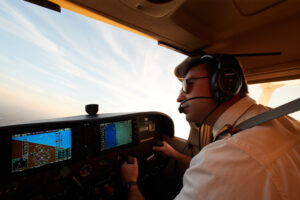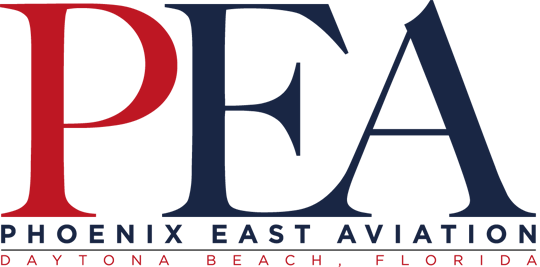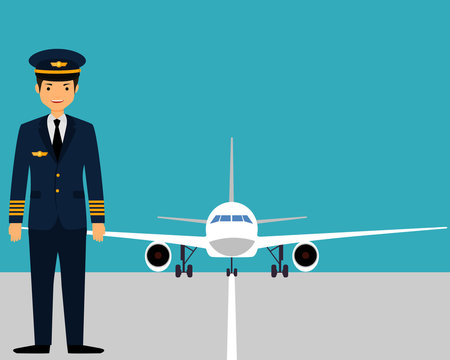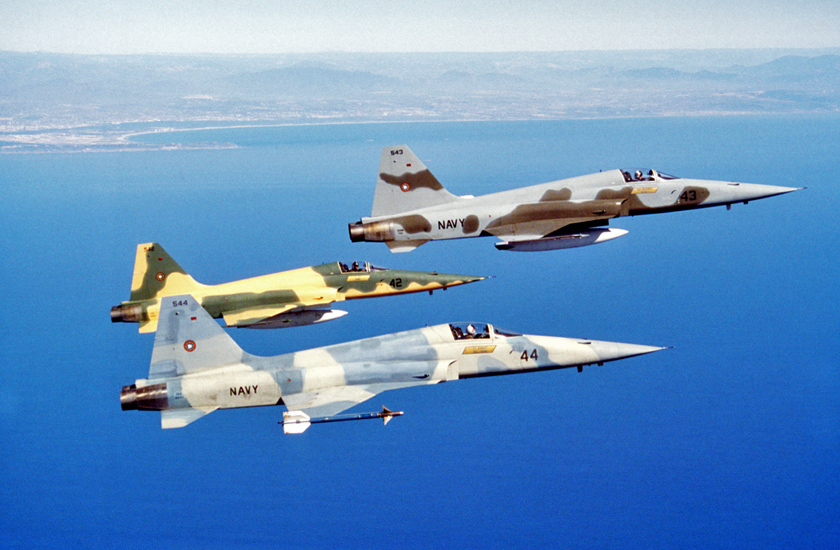Guide to a Student’s First Solo Flight
A student pilot’s first solo flight is more than just a milestone – it’s a defining moment.
It marks the transition from guided instruction to independent command, building the confidence and skills essential for every pilot’s journey.
At Phoenix East Aviation, we ensure our students are not only ready for this step but fully prepared to soar. Every solo is a celebration of dedication, progress, and the passion for flight.
What Does a Student Pilot Need to Fly Solo?
Before flying solo, a student pilot must obtain a student pilot certificate, a solo endorsement from their flight instructor, and meet all FAA requirements for solo flights. These include demonstrating proficiency in takeoffs, landings, navigation, and emergency procedures. Additionally, a student pilot must have a valid medical certificate also issued by the FAA.
It is important to note that endorsements from a flight instructor must be for the make and model of aircraft used during the student’s solo flight. This means that endorsements should be made for each make and model of aircraft, as required by the FAA, that is used when taking more than one solo flight.
FAA Requirements
The first step toward preparing for a solo flight is understanding the FAR requirements as outlined in Part 61.87. According to the FAR, a student must be knowledgeable on solo requirements (Part 61.87), the general operating and flight rules (Part 91), and have logged training in several necessary maneuvers. While there is no set timeframe or number of flight hours required, an instructor will determine when a student is proficient enough to fly alone.
The FAA also has specific guidelines that students must meet before flying solo, including:
- A minimum age of 16 for powered aircraft (14 for gliders and balloons)
- The ability to read, speak, write, and understand English
- Passing a pre-solo written exam covering airspace, procedures, and regulations
- Receiving an instructor’s endorsement verifying readiness for solo flight
While a flight instructor endorsement is required by the FAA to take a solo flight as a student pilot, a separate endorsement is needed to make a solo cross-country flight.
 How to Prepare for a First Solo Flight
How to Prepare for a First Solo Flight
Preparation is key to ensuring a smooth and successful solo flight. Students should focus on the following:
Reviewing checklists and emergency procedures
- Practicing consistent landings and takeoffs
- Familiarizing themselves with the airport environment
- Maintaining clear communication with air traffic control (ATC)
Flying solo as a student is a major step towards your career as a pilot. While this can heighten both nerves and excitement, PEA ensures that students are well-prepared long before leaving the ground. Before taking a first solo flight, students take extensive courses as part of the Part 141 or Part 61 curriculum. A student may only take their first solo flight once their instructor provides a formal endorsement, ensuring it’s done safely within PEA’s structured training environment.
How Many Hours of Flight Training Are Required Before First Solo?
There is no fixed number of training hours required before a first solo flight, as readiness varies from student to student. However, most students complete their solo flight between 10-30 hours of logged flight time. Flight instructors assess a student’s skills, confidence, and decision-making ability before granting solo clearance.
What Happens During a Student’s Solo Flight?
When a student pilot has completed all requirements and their instructor has approved them for a solo flight, they are now ready to “fly solo.” A first solo flight typically consists of a few takeoffs and landings in the airport traffic pattern. The student’s instructor will supervise from the ground while the student completes a series of circuits, demonstrating safe and controlled maneuvers.
Flying solo is both an exciting endeavor and an important opportunity for learning. A newfound sense of independence will allow a student to get a feel for what it will be like without relying on an instructor, which is something they will have to do once they have obtained their pilot’s license. Instructors might also feel a sense of accomplishment by getting to see what their students have learned and how far they have come.
Tips for a Successful First Solo Flight
PEA ensures that students are well-prepared for their first solo flight. But, there are also some tips that can help a student feel their best about flying solo:
- Trust Your Training: Rely on the skills and knowledge you’ve developed during your instruction.
- Stay Calm: Maintain composure to make sound decisions during the flight.
- Follow Checklists: Adhere to pre-flight, in-flight, and post-flight checklists to ensure safety and procedural compliance.
- Communicate Clearly: Keep communications with air traffic control (ATC) clear and concise.
- Reflect and Learn: After the flight, discuss your experience with your instructor to identify strengths and areas for improvement.
With extensive ground flight training under their belt, students are well-equipped to take to the skies. Following the above tips and preparing through the required training courses puts students in the best position for this big milestone.
A first solo flight is no small milestone. At PEA, we take pride in celebrating this achievement with our students to recognize the dedication and effort required to achieve it. Our experienced instructors are committed to guiding each student through the process of taking their first solo flight, ensuring they are well-prepared and confident as they take this significant step toward their aviation career path.




